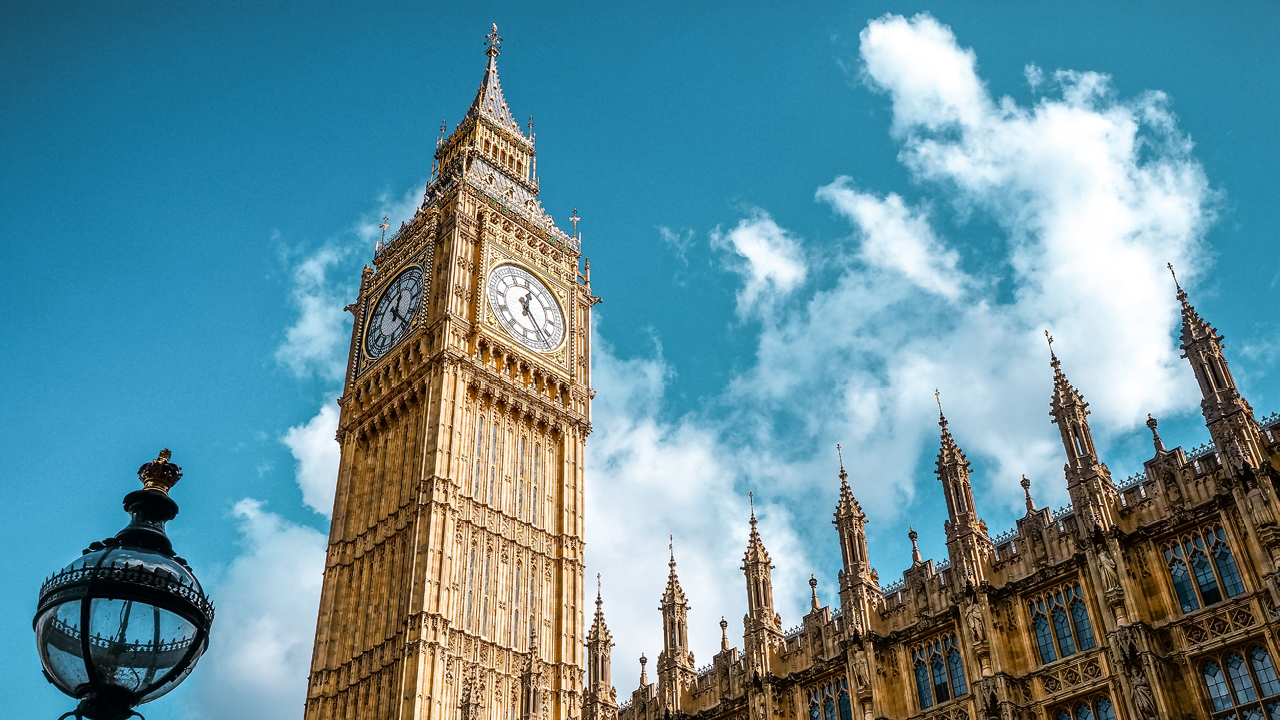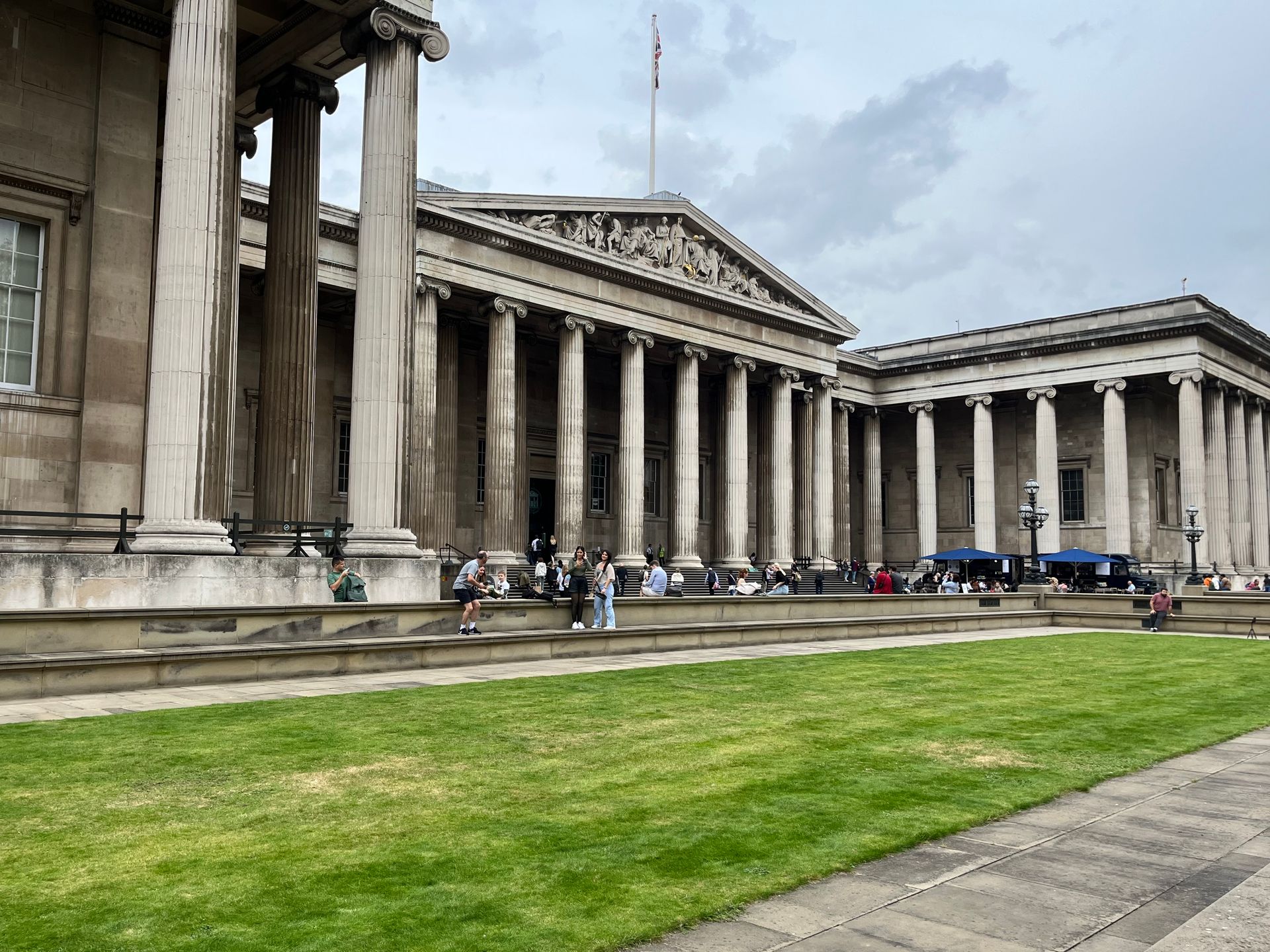Cultural Restitution
SHARE ARTICLE
A unique shell necklace believed to originate from the Bass Strait islands has been returned by The Hunterian collection, the oldest public museum in Scotland, to representatives from the Tasmanian Aboriginal Centre (TAC) who travelled to Glasgow to carry it home.
The Centre has been campaigning for the necklace’s return since 1994, when its repatriation was first refused by the University’s Museums and Galleries Committee. Following a visit from a Tasmanian Aboriginal delegation in 2002, a second request was also rejected on the grounds “there was no evidence that the acquisition of the Bass Straits necklace was unethical in any way.”
But thirty years later, attitudes to repatriation by the institution have changed. The Hunterian, part of the University of Glasgow, now aims to be an ethical and accessible museum organisation, claiming it welcomes repatriation requests to living communities, prioritising the return of non-British human remains and culturally significant heritage items.
Necklace making is the oldest continual cultural practice in Tasmania, which has continued uninterrupted for thousands of years. Each shell necklace is unique with its pattern and shell types indicating the maker and place of origin. Although the shells on The Hunterian necklace, which dates to the 1800s and measures 148cm, feature elenchus or maireener shells (Phasianotrochus irisodontes), found off the coast of Tasmania, the maker is unrecorded. On its return to the Tasmanian Aboriginal community, it will be accessible for research, learning and inspiration and it is hoped further examination of the shells, stringing method and pattern may lead to an identification of its maker and a reconnection with its community of origin.
“The physical presence of original objects is critical in projects aimed at recovering traditional knowledge to continue practices and rebuild and extend traditional skills.”
Jeanette James, an Elder and shell necklace stringer in her community
Shell necklaces were popular among collectors in the 19th century as cultural and ‘first contact’ aesthetic items. Although originally created for personal adornment, sales of necklaces became one of the few commercial enterprises available to Aboriginal people on the Bass Strait islands, located between Tasmania and mainland Australia. Post-colonisation, they became a valuable commodity exchanged for essential supplies.
The sourcing, collecting and stringing of shells is a closely guarded tradition, passed down through generations of women makers associated with the Bass Strait islands. Now acknowledged as a highly skilled and unique Aboriginal art form, early shell necklaces such as this example are considered an important learning resource for today’s necklace makers, providing an essential link to the community’s cultural heritage Regrettably though, there is now genuine concern the art of necklace making may be dying out, due to a decline in the number of shells attributed to climate change.

Tasmanian Aboriginal delegates Jeanette James and Andry Sculthorpe with Hunterian Director Professor Steph Scholten. Jeanette holds the shell necklace that will return home to Tasmania.
Courtesy The Hunterian, University of Glasgow
The Hunterian shell necklace was acquired following a donation by Mrs Margaret Miller of Launceston on her visit to Scotland in 1877. It is understood that at least sixteen other examples of shell necklaces are held in UK collections, including the British Museum, the V&A and National Museum of Scotland.
The Hunterian claims its repatriation processes ‘are developed at a mutually agreeable and appropriate pace, determined by the claimant and The Hunterian’. The collection’s most recent repatriation involved a partnership with the University of the West Indies on the return of a Giant Jamaican Galliwasp specimen to the Natural History Museum of Jamaica.
The TAC has been actively seeking the return of ancestral remains and cultural materials on behalf of the Tasmanian Aboriginal community since 1976. Since then, it has recovered ancestral remains from over twenty international institutions, as well as from collections within Australia. This month (March 2025) the TAC also secured the recovery from the University of Aberdeen of the human remains of a young man murdered and decapitated at the Shannon River.
A statement from the TAC said: “It is heartening to see that The Aberdeen University has acted with integrity and good faith in their proactive dealings directly with the Tasmanian Aboriginal Centre to ensure the repatriation of this man is undertaken unconditionally and directly to the community of origin.”
Other UK institutions in TAC’s sights for future repatriations include the Pitt Rivers Museum, Oxford, the Museum of Archaeology and Anthropology, Cambridge, and National Museum of Scotland.
Photo: Tasmanian Aboriginal shell necklace featuring maireener shells. Phasianotrochus irisodontes. c. 1877
Courtesy of The Hunterian, University of Glasgow



